The activities are as follows:
- Teacher Guide
- Student activity, Graph Type A, Level 4
- Student activity, Graph Type B, Level 4
- Student activity, Graph Type C, Level 4
- Grading Rubric
Stalk-eyed flies are insects that have their eyes on the ends of eyestalks, or long projections from the sides of their head. Eyestalks are a sexual signal that males use to attract females. The longer the eyestalks, the more attractive a male is to females and the more mates he gets. For these flies, sexual selection leads to an elaborate trait, just like a peacock’s tail. Males with longer eyestalks have more babies and pass their traits on. Over generations, sexual selection leads to longer and longer eyestalks in males.
However, these eyestalks may come with a cost. Males with longer eyestalks may not be able to move easily and quickly. If they can’t move as fast, males with long eyestalks are potentially worse at escaping predators. Natural selection may select against long eyestalks if males with more elaborate traits are killed and eaten more often by predators. If predators eat males with longer eyestalks before the flies reproduce, they will not get to pass on their traits, regardless of how attractive they are to females.
In addition to eyestalk length, other traits could affect survival in male stalk-eyed flies. Perhaps the fly’s behavior is more important than its eyestalk length when faced with a predator. When biologists Amy and John first started researching how eyestalk length affected survival, they noticed something intriguing! The flies showed many different behaviors when face to face with a spider predator. Some examples of behaviors included grooming, walking or flying towards the predator, quickly walking or flying away from the predator, displaying forelegs, and bobbing their abdomens. When prey use these antipredator behaviors, predators must put in more work to catch prey, and they will sometimes give up. Therefore, antipredator behaviors may influence the predator’s choice of prey, and certain behaviors that make prey harder to catch could lead to increased survival.
To test whether differences in eye stalk length and/or antipredator behavior were important for survival, male stalk-eyed flies were put in cages with predators. Amy and John filmed the fly behaviors and analyzed the footage. They calculated the frequency and proportion of time that flies were displaying antipredator behaviors. If males with longer eyestalks have lower survival than males with shorter eyestalks, it suggests that longer eyestalks make it harder to avoid predators. However, if eyestalk length has no effect on survival, it suggests that male flies with long eyestalks are able to compensate for their lack of speed through behavior.
Featured scientists: Amy Worthington and John Swallow from Washington State University and University of Colorado, Denver. Written by: Brooke Ravanelli from Denver Public Schools and John Swallow.
Flesch–Kincaid Reading Grade Level = 10.7
There is a scientific paper associated with the data in this Data Nugget. The citation and PDF for the paper is below.
- Worthington, A.M. and J.G. Swallow (2010) Gender differences in survival and antipredatory behavior in stalk-eyed flies. Behavioral Ecology 21 (4):759-766.
Video showing how the long eyestalks of males form!
Videos of a stalk eyed fly and spider predator together in cages. First video shows male fly displaying, grooming, and approaching spider.



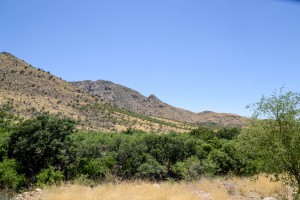
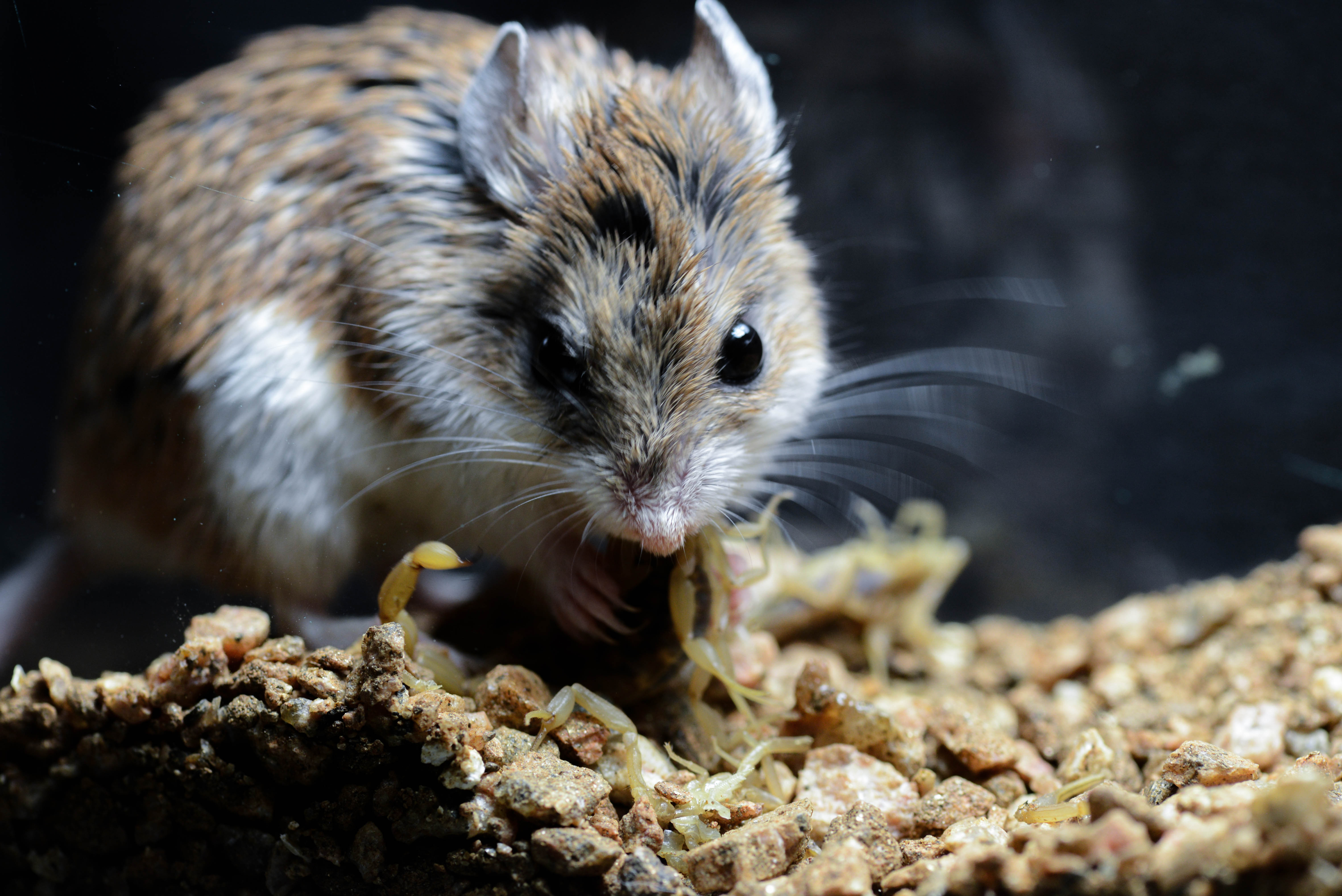
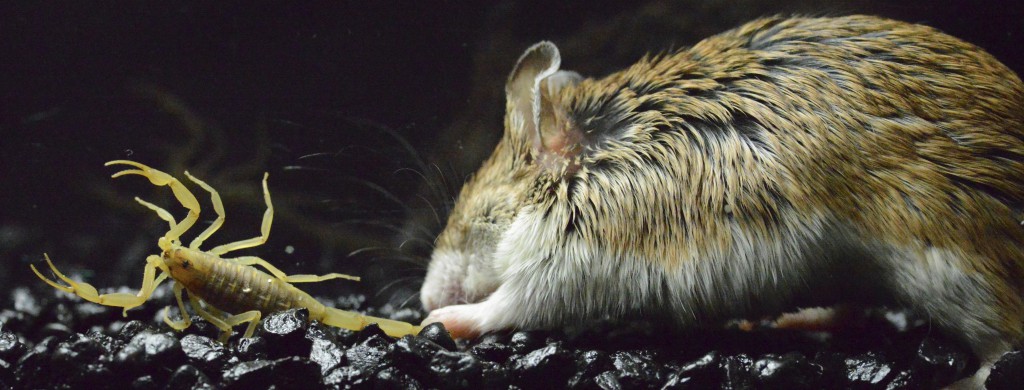
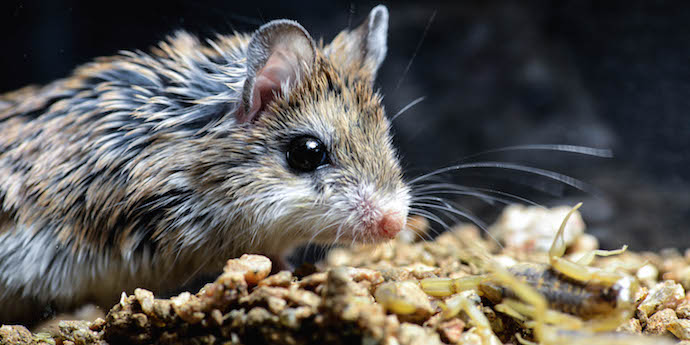


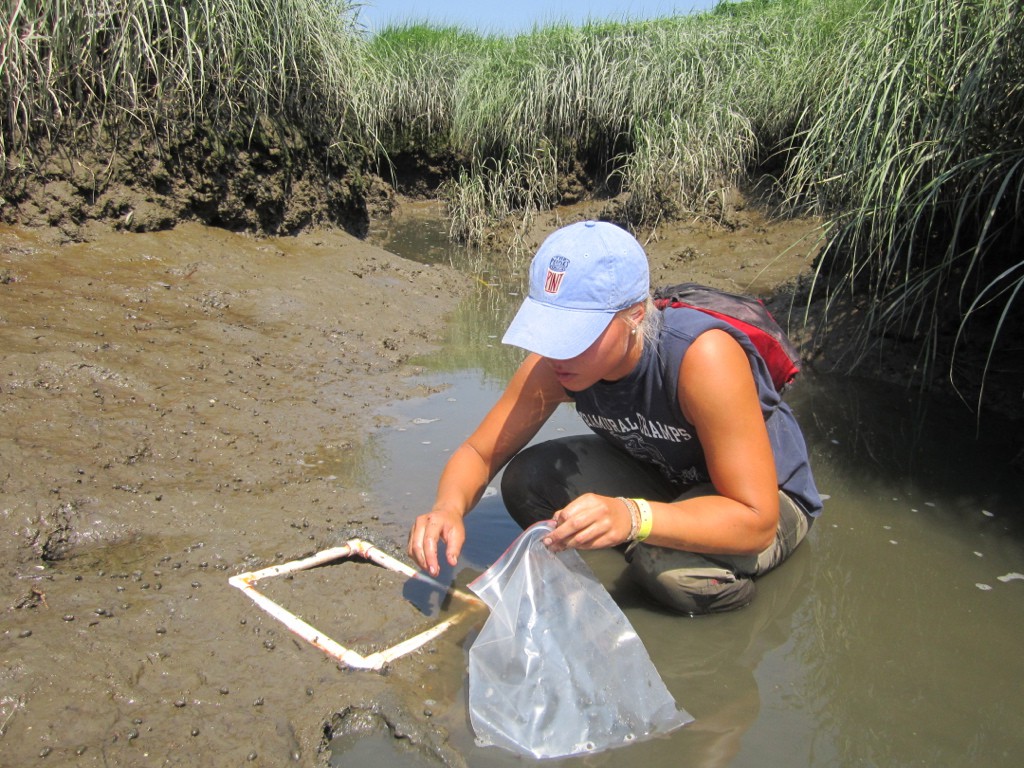
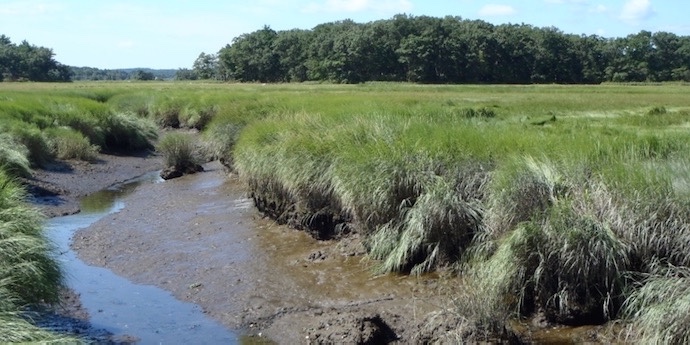
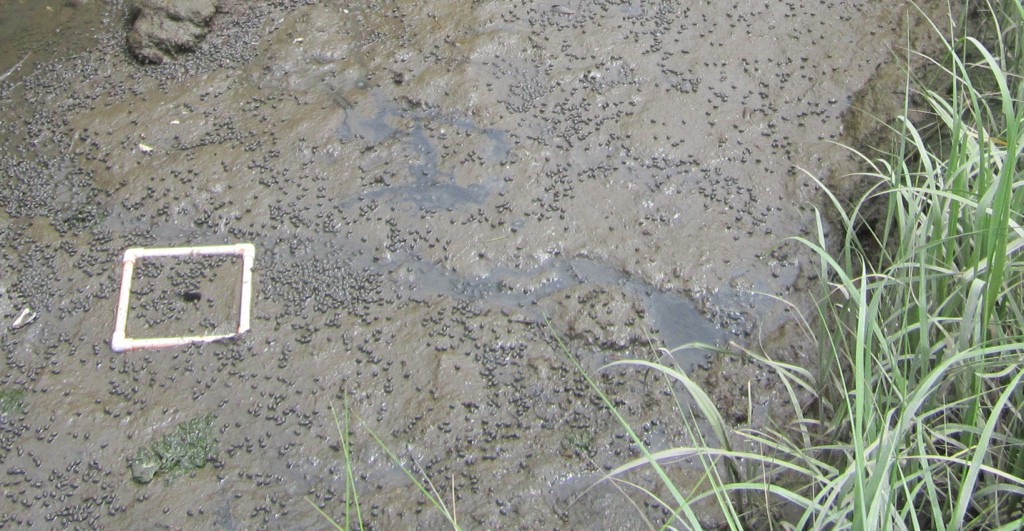
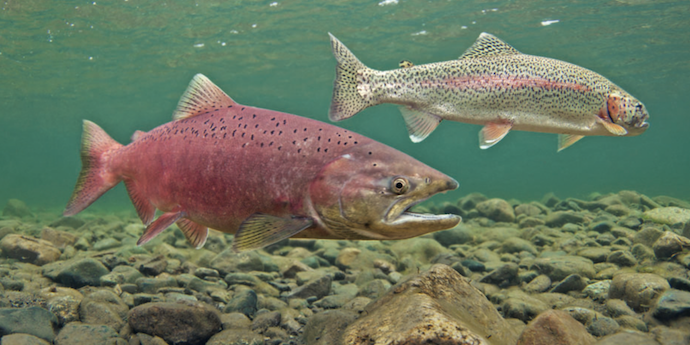
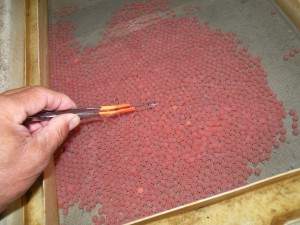
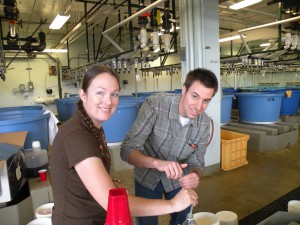
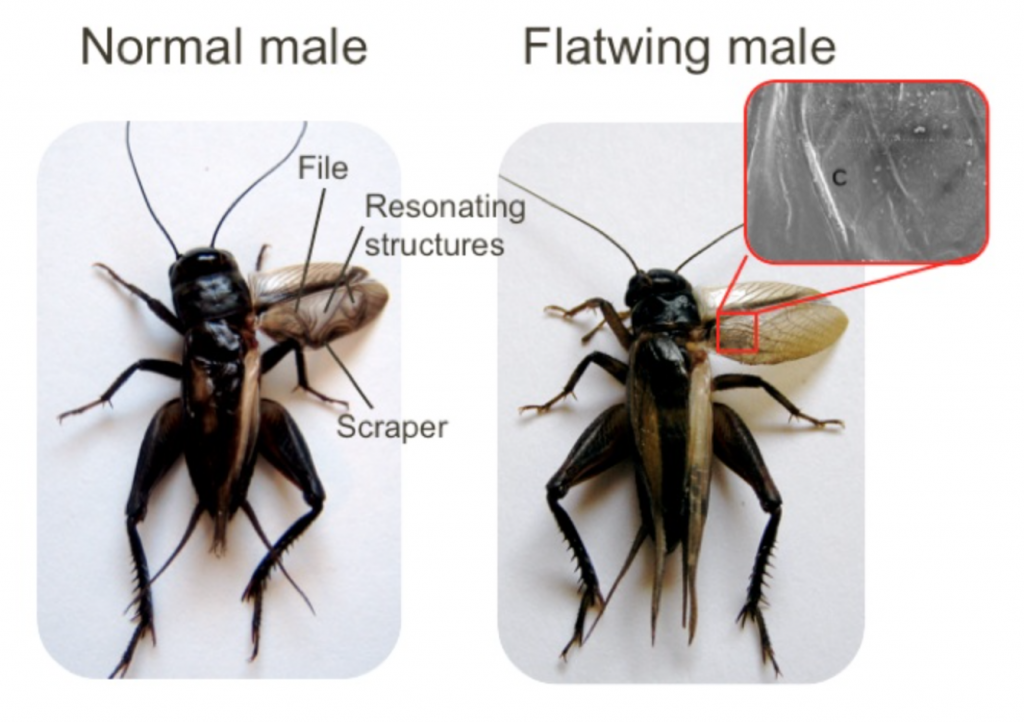
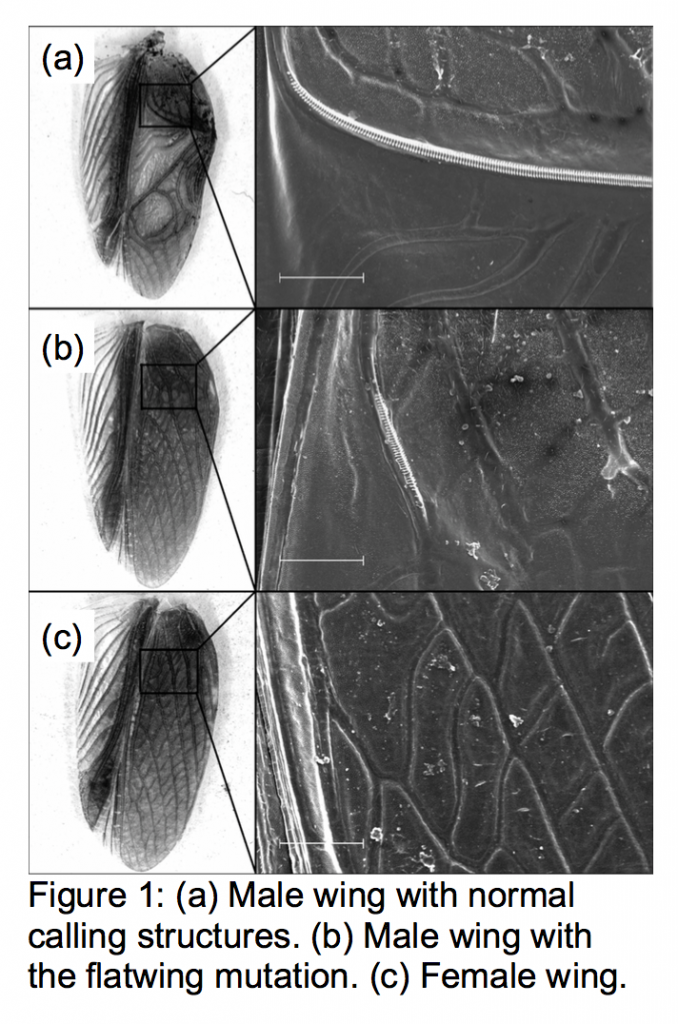
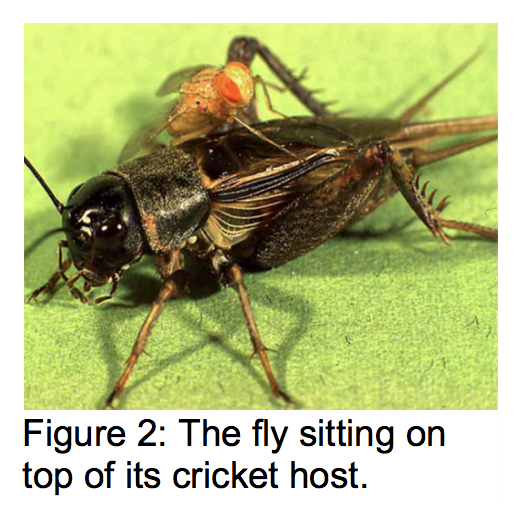


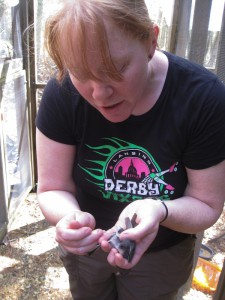


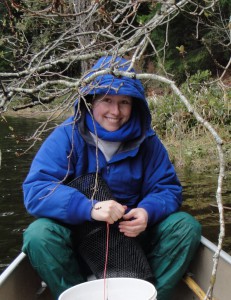


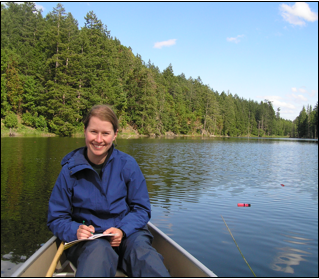
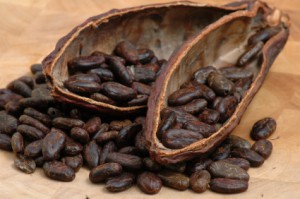

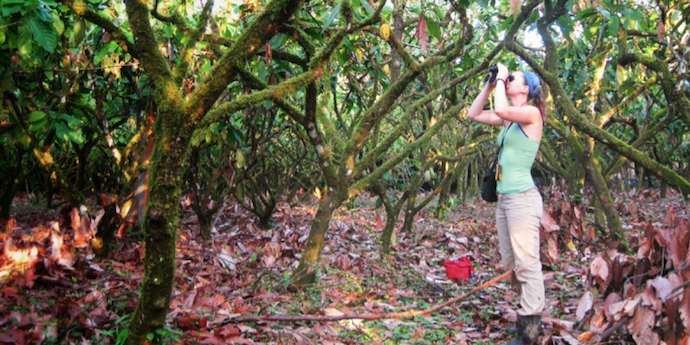
 About Skye: As a child Skye was always asking why; questioning the behavior, characteristics, and interactions of plants and animals around her. She spent her childhood reconstructing deer skeletons to understand how bones and joints functioned and creating endless mini-ecosystems in plastic bottles to watch how they changed over time. This love of discovery, observation, questioning, and experimentation led her to many technician jobs, independent research projects, and graduate research study at Purdue University. At Purdue she studies the factors influencing oak regeneration after ecologically based timber harvest and prescribed fire. While Skye’s primary focus is ecological research, she loves getting to leave the lab and bring science into classrooms to inspire the next generation of young scientists and encourage all students to be always asking why!
About Skye: As a child Skye was always asking why; questioning the behavior, characteristics, and interactions of plants and animals around her. She spent her childhood reconstructing deer skeletons to understand how bones and joints functioned and creating endless mini-ecosystems in plastic bottles to watch how they changed over time. This love of discovery, observation, questioning, and experimentation led her to many technician jobs, independent research projects, and graduate research study at Purdue University. At Purdue she studies the factors influencing oak regeneration after ecologically based timber harvest and prescribed fire. While Skye’s primary focus is ecological research, she loves getting to leave the lab and bring science into classrooms to inspire the next generation of young scientists and encourage all students to be always asking why!